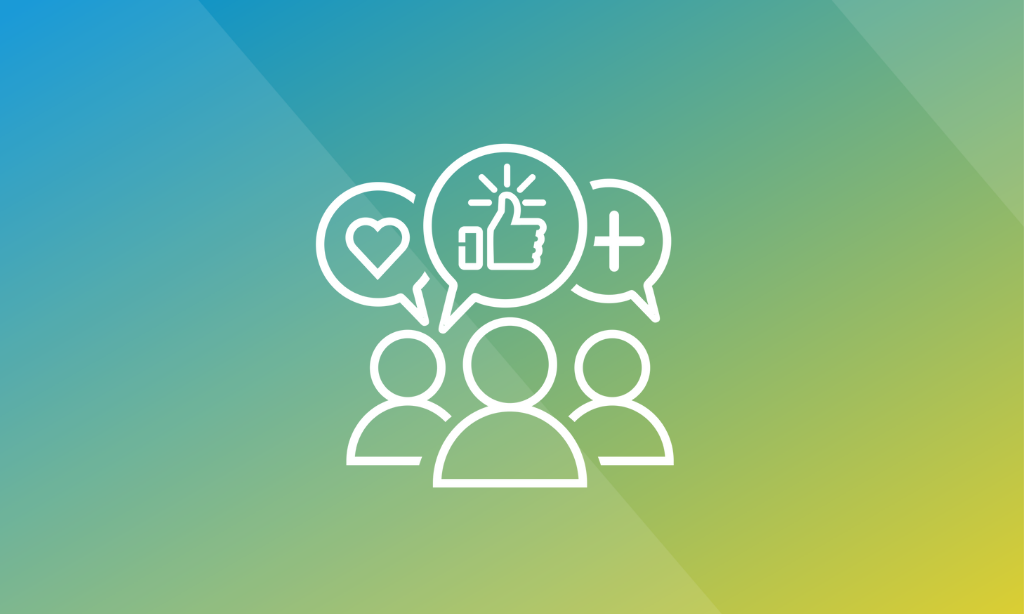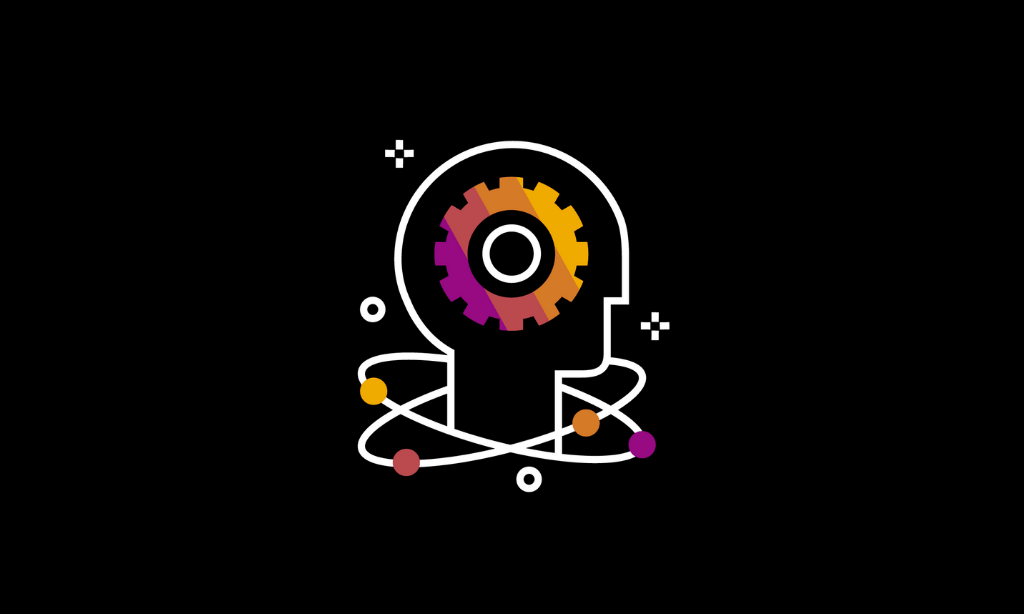Five Effective Check-ins to Gauge & Improve Remote Learner Experience

We’re learning skills like how to look professional and polished on surprise video calls, when we might feel otherwise. We’re learning how to get our pets to understand we are actually working. We’re learning what our children are studying in school, and realizing it’s quickly beyond our skill set to teach it!
Thanks to technology, learning and development carries on. Employees are accessing training they need and learning skills they want. Learning leaders have been incredibly creative as they have pushed forward with adapting training programs and career development paths to meet the needs of a new reality. Employees have shown incredible flexibility and resilience as they have taken on projects requiring new skills and jumped into independent learning to make it happen.
Leaders are able to keep tabs on learning paths and training. But are they really connecting with learners who are distributed across different geographies and time zones like they could in a simpler time? Learning is often about community. Consider your grade school classroom, your college study group, or your orientation “class” at your first job. These are supportive communities that help the learner achieve more.
Moving into whatever the next phase is for you, take a moment to lead through connection with your learners. Here are a few ideas to stay connected.
-
Reach out to individual learners regarding their progress and achievements.
Instead of just reviewing a dashboard or sending an email when a learner is NOT completing a training action, look for ways to catch the learner doing right. Have they moved through a new skill you know is a challenge? Have they shown interest outside of their typical learning path?
Video calls can be great, but respect the employee’s preference for communication. A sincere email or public congratulatory message can be even more meaningful.
Congratulate the learner individually. Use specific language to let them know you see their efforts and it matters!
-
Send some swag with a note.
People everywhere still love receiving handwritten notes. Sending a note to an employee’s home with a piece of corporate swag or a simple gift card as a reward for learning accomplishments goes a long way. This can be especially helpful when the learning environment is taken into consideration.
A director of learning and development sent a “sleep kit” to learners she recognized were completing training later in the evening. Most of them had young kids and were doing their best with the family schedules at home.
The director sent a sleep mask and lavender-scented spray with a note about sleeping in on the weekend. Her employees felt seen and appreciated.
They also had more honest conversations about the pace of learning, and the director realized it was worth making accommodations to schedules.
-
Share photographic evidence.
It’s nice to get a certificate or check the box on a learning plan. But why not follow the lead of Class of 2020 graduates everywhere and encourage some fun photos?
Ask your team where they are learning and ask for photos of their work stations. Have fun connecting in this more personal way and get to know your employees’ pets and plants!
-
Ask for new learning of the week.
Many teams are using Slack or other group communication channels to connect. To keep momentum going on learning, ask employees to share one new learning each week.
This can be strictly professional or a blend of professional and personal. The hashtag #TIL (Today I Learned) is popular on social media because we all discover new things all the time.
-
Ask directly for feedback.
Start with the reality. Instead of asking for generic information, like “how are you doing,” ask about what they need more directly.
Learning new skills can be challenging, are you getting the support you need? What can we do to help?
Some learners want to learn in groups to discuss the material and stay more engaged. Would you want to participate in a learning cohort?
Is there a topic or training you wish you could learn about right now?
These types of questions can generate good discussions and offer ideas on how to plan for successful learning in the future.
What are you doing to stay connected to your learners at this time? Do you know how your learners are feeling?
The reality of today’s environment requires learning leaders and employees to adapt. Learning can’t stop, so we need to be sure to support the learner where they are today.




